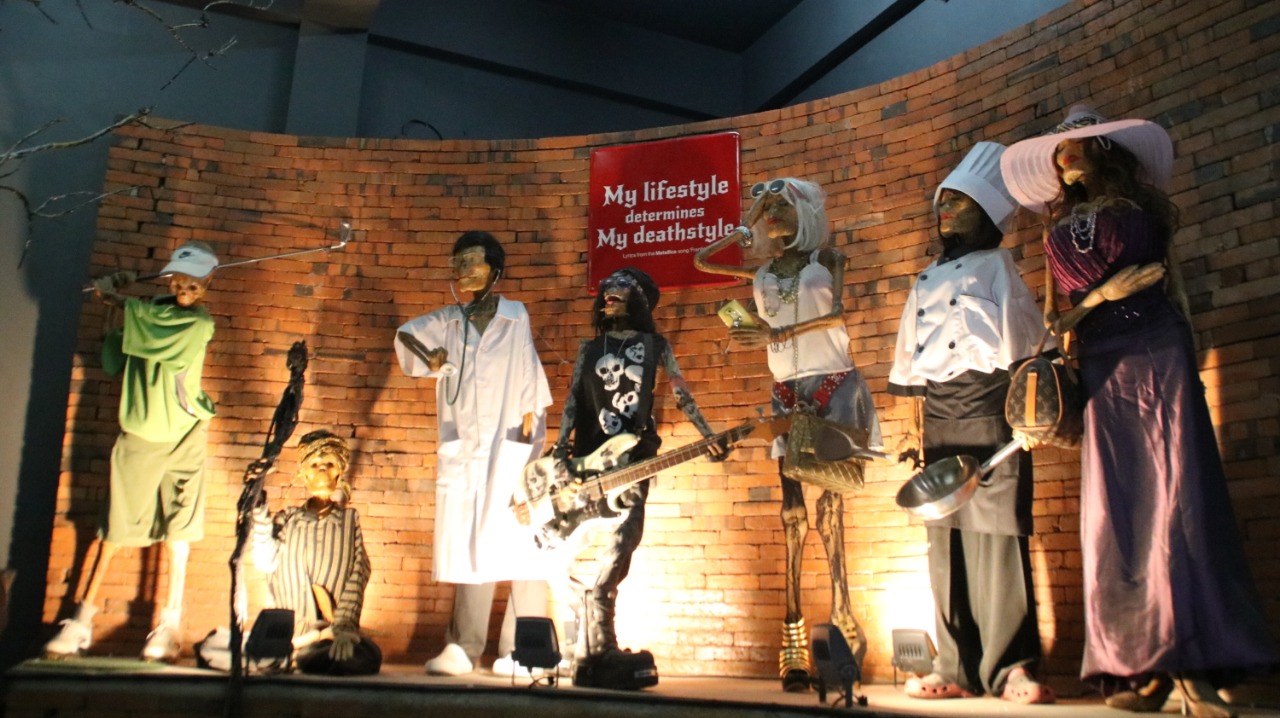UNAIR NEWS – The Ethnographic Museum of Universitas Airlangga was established on September 25, 2005, on the anniversary of the Department of Anthropology, FISIP. The Ethnographic Museum was renovated in 2015 with funding from the Directorate of PCBM, Ministry of Education and Culture of the Republic of Indonesia. For three years in a row, UNAIR Ethnographic Museum has received funding from the ministry, so that this museum was only reopened in 2016.
Dr. Phil Toetik Koesbardiati, the founder of the Ethnographic Museum of FISIP UNAIR, explained that the renovations revitalized the museum, set the theme of the museum, and all the requirements of a museum as an arena for education, recreation, and research.
“The theme developed by the Ethnographic Museum is the theme of death, a theme that is rarely discussed in education. Regarding death, it has a scientific basis and is in line with the curriculum at the Department of Anthropology, FISIP,” she said.
Furthermore, Toetik emphasized that the presence of the UNAIR Ethnographic Museum has supported UNAIR’s Sustainable Development Goals (SDGs) in the sustainable cities and communities sector for public access to museums indicator.
“Several programs that we organize receive responses from schools, for example, in the form of short courses on forensic anthropology. We also carry out several international collaborative studies as evidence that foreign scientists also pay attention to museum collections. We have produced several articles in reputable international journals which are also related to research with foreign parties,” she said.
Toetik also explained said that through museums, we could gain alternative sources of knowledge. Therefore, with the Ethnographic Museum of FISIP UNAIR within the university’s scope, the Ethnographic Museum could continue to carry out the mission of higher education Tri Dharma.
“In addition to performing recreational function as a museum, the education and research functions are highly correlated with the higher education Tri Dharma,” she added.
Toetik said that the collections of UNAIR Ethnographic Museum are very diverse. They are all related to the theme of death. Some of the collections displayed in this museum include collections of prehistoric remains, both fauna and human, recent human remains, Homo Erectus fossil replica, stone tools, pottery, traditional fabrics, archipelagic phalism, replicas of tombs, and collections of Indonesian classics.
Contribution of the Ethnographic Museum
Toetik said some museums’ management visit and coordinate with the Ethnographic Museum, especially regarding the storyline. In addition, research offers from government agencies are also aimed at the development and attention of the Ethnographic Museum, especially if it is related to the identification of human skeletal remains, in accordance with the expertise developed by the Ethnographic Museum.
“We are currently working on improving FISIP’s support regarding promotional tools so that the museum can be visited virtually by the wider community,” she explained.
Toetik said that support from the university is also needed from the aspect of providing supporting facilities, such as website, videos, IT facilities, and others. Even during the pandemic, the Ethnographic Museum has not stopped its promotional efforts. They include holding webinars on death topics by inviting speakers from within and outside the country.
“The designation as a museum with a unique category and the type of infographic display that we present at the museum still attracts and piques people’s curiosity. Regarding the innovation of death theme content, we’ll handle it,” she concluded.
Author: Dimas Bagus Aditya
Editor: Nuri Hermawan





